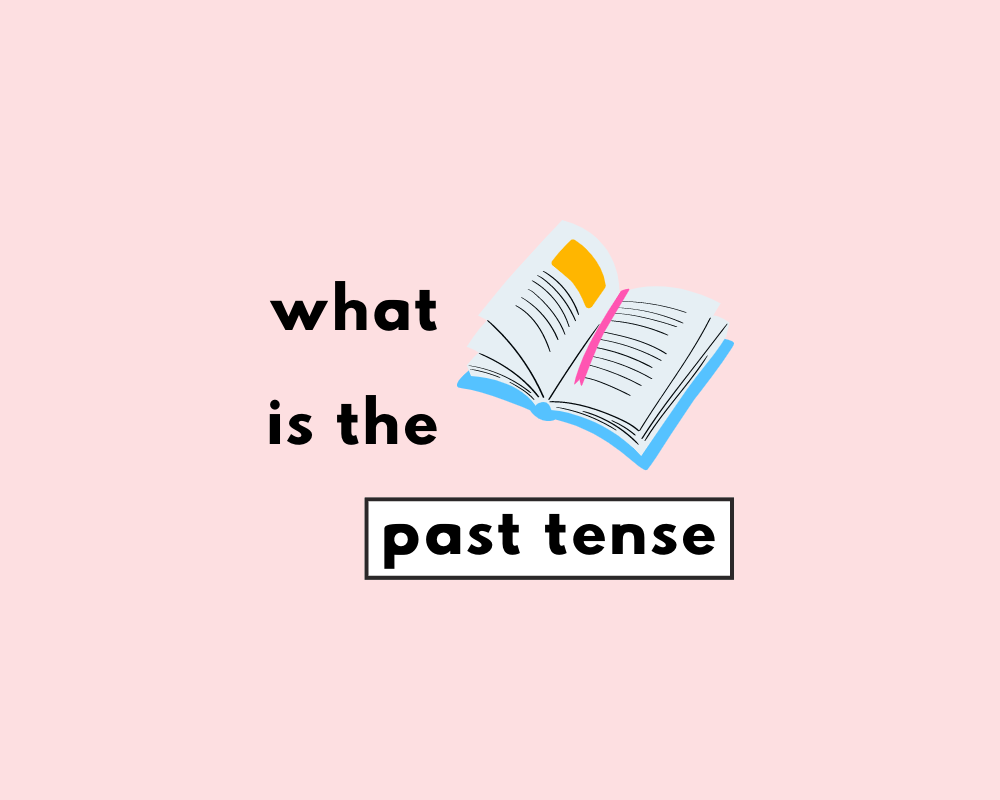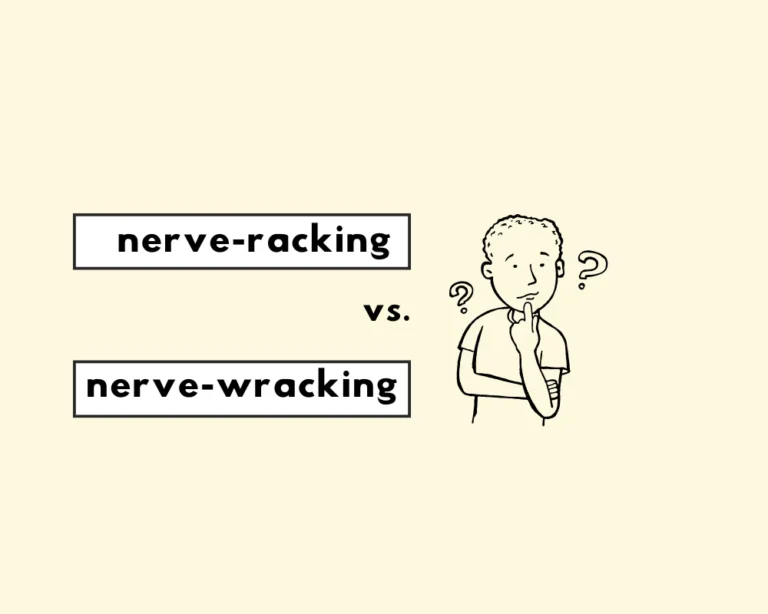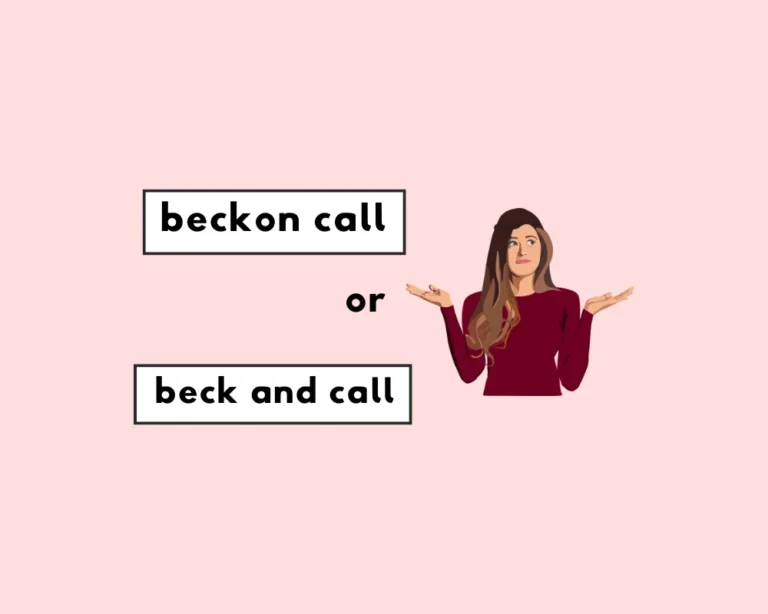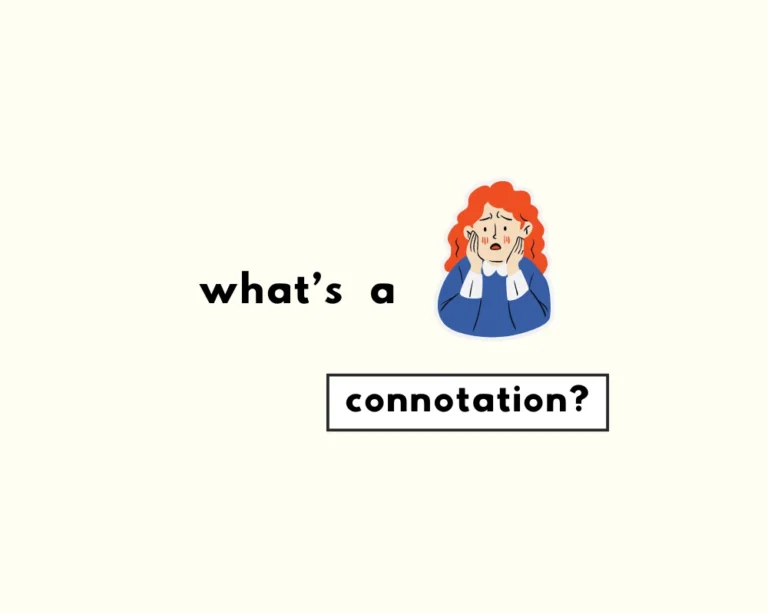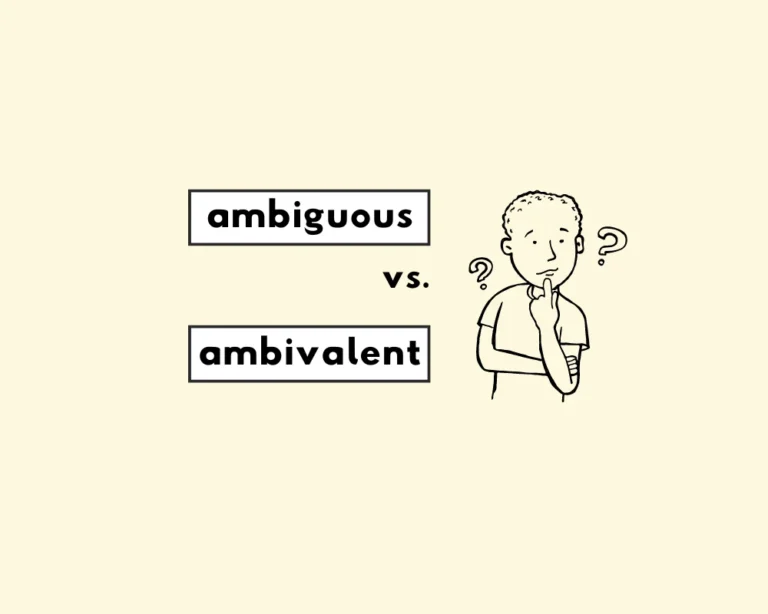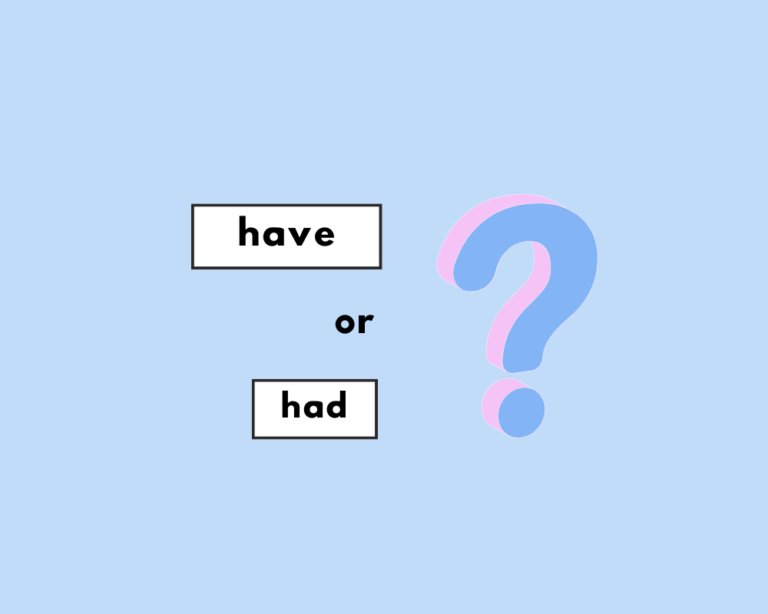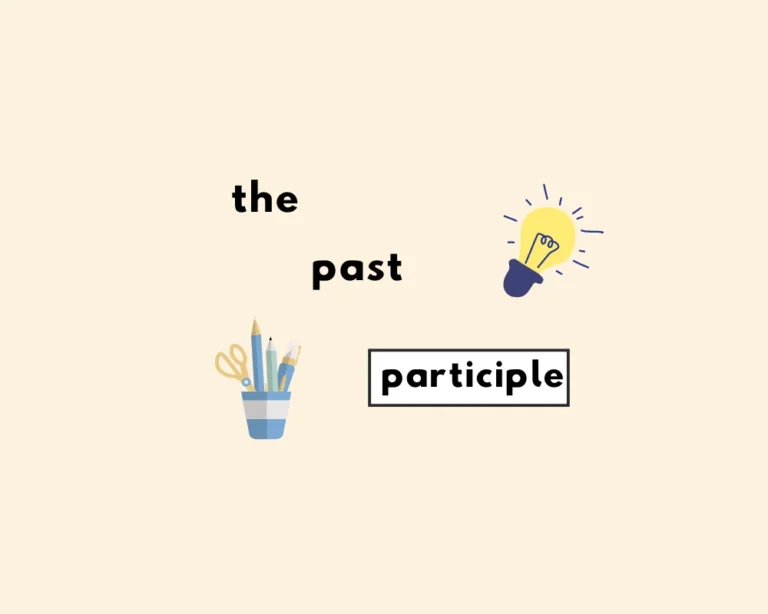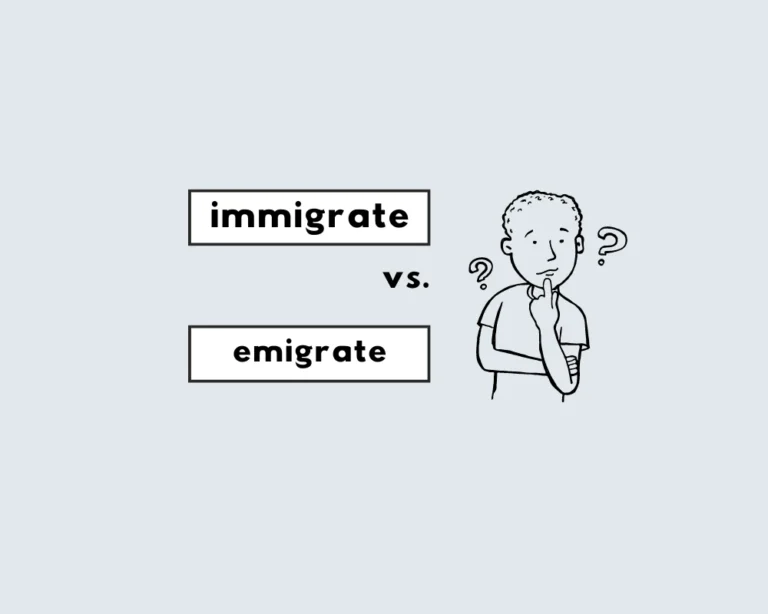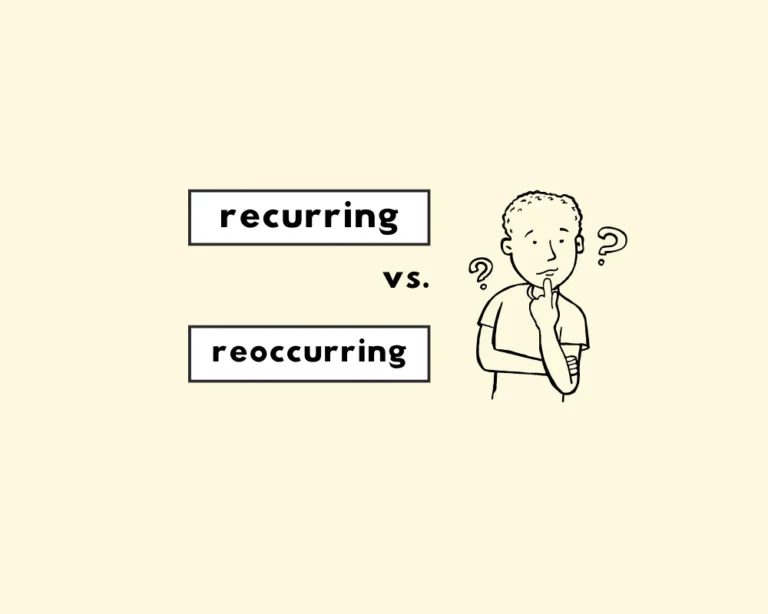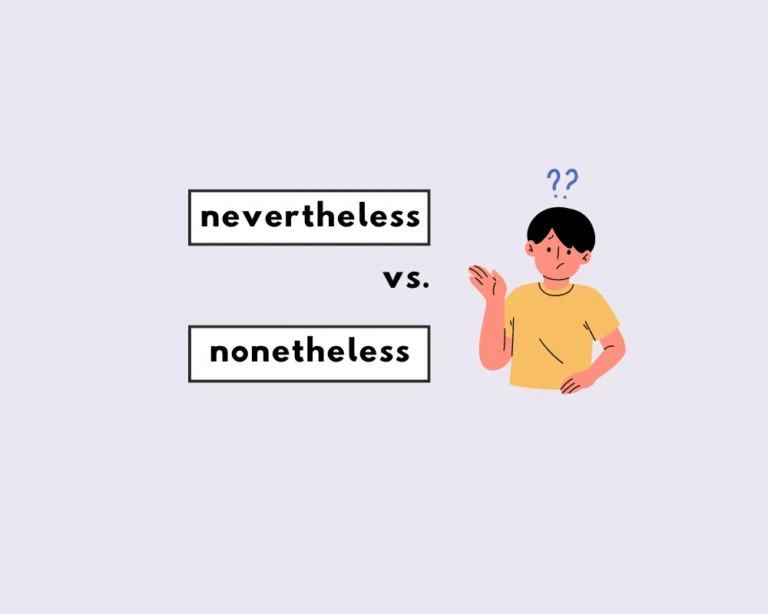Contents
Toggle
What’s the past tense?
The past tense describes something that took place at a point in the past. Just like the other principal verb tenses, the past tense has four main types:
- simple past tense
- past continuous
- past perfect
- past perfect continuous
4 forms of the past tense
| past tense | sentence examples |
| simple past tense | She walked to her friend’s house after school. |
| past continuous | I was studying when my friend called me. |
| past perfect | She had already eaten breakfast before I woke up. |
| past perfect continuous | I had been studying for hours before I finally took a break. |
When to use the simple past tense
We communicate in the simple past to refer to something that happened at a time before now. It may have taken place in the recent past, the distant past or at an indefinite point in the past. So long as what happened started and ended at a past time, it counts as the past tense.
What differentiates the simple past from the other past tenses is that duration is left unknown. In fact, this is what makes the simple past “simpler”, since it doesn’t need auxiliaries to convey the progression of past events and works as a whole tense on its own.
How to form the simple past
The simple past, or preterite (i.e., “having to do with the past”), uses the base form of the verb + –ed for regular verbs.
| sentences in the simple past |
| I walked to the store yesterday. |
| She laughed at all of my jokes on our date. |
| We watched Killers of the Flower Moon last night. |
Irregular verbs do not use –ed to denote the past; e.g., ate, wrote, hid, drove. To see a comprehensive list of all the irregular verb patterns, check out Grammarflex’s guide on irregular verbs.
| irregular verbs in the simple past |
| The virus spread uncontrollably by the end of the outbreak. |
| I read an article about Siamese cats yesterday. |
| She led the horse back into the stable. |
Past continuous tense
To form the past continuous, pair the past tense of be, was/were + present participle.
We use the past continuous to describe something that began in the past and continued up until another point in the past prior to something else. This sounds complicated, but in practice it’s made clear: for example, have you ever been interrupted in the past by something else happening? If the answer is yes, you’d communicate this by using the past continuous tense.
| examples of the past continuous |
| I was watching TV when you called me. |
| She was driving to work when it started to rain. |
| They were playing football in the park all afternoon. |
Past perfect tense
To write in the past perfect, combine had + past participle.
| examples of the past perfect tense |
| She had read the textbook long before the semester started. |
| She had already eaten breakfast by the time I woke up. |
| They had left the party before I arrived. |
We communicate in the past perfect when we want to describe something that began and ended fully in the past, before something else took place. When you want to clarify the order in which past events transpired, use the past perfect tense.
Past perfect continuous
Write in the past perfect continuous by joining had + been + present participle (e.g., had been studying; had been practicing; had been waiting).
The past perfect continuous depicts an action that began at a past time and continued up until some other point. In other words, the action was in-progress (or continuous) up until another past time; (e.g., “I had been studying for three hours before I took a break“).
| examples of the past perfect continuous |
| She had been practicing the piano for weeks before the recital. |
| They had been waiting in line for two hours before the store opened. |
| I had been studying for three hours before I took a break. |
Keep on learning! It’s encouraged.
- Active vs. Passive Voice (Explained, With Examples)
- When to Use ‘Weren’t’ or ‘Wasn’t’? A Guide
- What’s Subject Verb Agreement? (Rules of Subject Verb Agreement)
- When to Use ‘A’ or ‘An’ (What’s an Article?)
- What is the Past Tense? (Forms of the Past Tense)
Sources
1. Harper Douglas, “Etymology of tense,” Online Etymology Dictionary, accessed March 7, 2023, https://www.etymonline.com/word/tense.
2. Harper, Douglas. “Etymology of preterite.” Online Etymology Dictionary, https://www.etymonline.com/word/preterite. Accessed 7 March, 2023.
3. P.C. Wren and Martin’s English Grammar and Composition.

